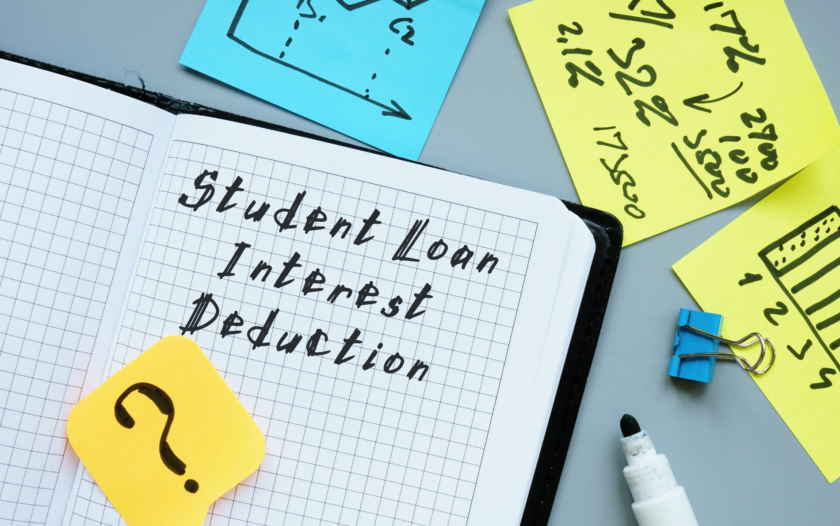Ways to Lower Your Student Loan Interest Rate
About Kevin
Kevin is a former fintech coach and financial services professional. When not on the golf course, he can be found traveling with his wife or spending time with their eight wonderful grandchildren and two cats.
Read full bio
At a Glance
The average student graduating from an undergrad program carries student loan debt of more than $30,000. That’s without going on to business school, medical school, or law school. The debt for that type of education can run $200,000 or more. That’s just the principal. Interest makes the payback amount of that debt significantly higher.
There are several ways to lower student loan interest rates. Don’t wait for student loan debt forgiveness because it might never happen. If you’re carrying a large amount of student loan debt and struggling to make your monthly payments, consider one of the options we’ve outlined below. It could save you money now and over the life of your loans.
1. Student Loan Debt Consolidation
One of the most common ways to lower interest rates is by taking out a personal loan to pay student loans. This is only recommended if the original lender was private, not federal. We’ll explain why at the end of this article. If you borrowed from a private lender, look for another lender who can give you a lower interest rate.
If you’re going to do this, consolidate your high interest credit card debt with your student loans. That will significantly lower what you pay in total interest each month. With a personal loan, you can usually choose the terms. A three or five-year loan could give you a reasonable monthly payment and still lower the total amount of interest you’ll end up paying.
2. Discounts for Automating Your Payments
Some lenders offer an interest rate reduction if you put your monthly payments on autopay. This option should be easy to do on the lender’s website or mobile app. If neither of those is available, ask the lender if they have autopay and if there’s an incentive to use it. There are even rare instances where automated payments can lower your balance.
3. Shop Around and Negotiate with Your Lender
Stop looking at your loan as a favor that the bank did for you. They’re making money off it. Shop around to different lenders to see if anyone else can offer you better terms and a lower interest rate. Before making the change, go back to your original lender and ask them to negotiate for the better rates. In other words, use their competition as leverage.
4. Refinance with a Cosigner
This is not the same as student loan debt consolidation. Refinancing with a cosigner who has a better credit score than you do could lower the interest rate on your loan. Many students and recent graduates do this with parents who are more likely to cosign a graduate who has job prospects. Lenders rate cosigned loans as lower risk, so they’re willing to offer better rates.
Important Note: Federal Students Loans are Different
Many people are asking, “Will Biden forgive student loans?” They’re speaking about federal student loans, not private student loans. Federal loans aren’t usually negotiable, but they could be forgiven, subject to forbearance, or may offer income-driven payment plans. Review your original loan agreement to see what benefits are available to you.
FAQs
You can negotiate a lower interest rate on a student loan if the original loan came from a private lender. Federal student loan interest rates are non-negotiable, but you can refinance them with a personal loan from a private lender.
You can reduce the amount of interest you pay towards student loans by refinancing with a debt consolidation loan, taking advantage of discounts offered for automated payments, or refinancing with a cosigner.









